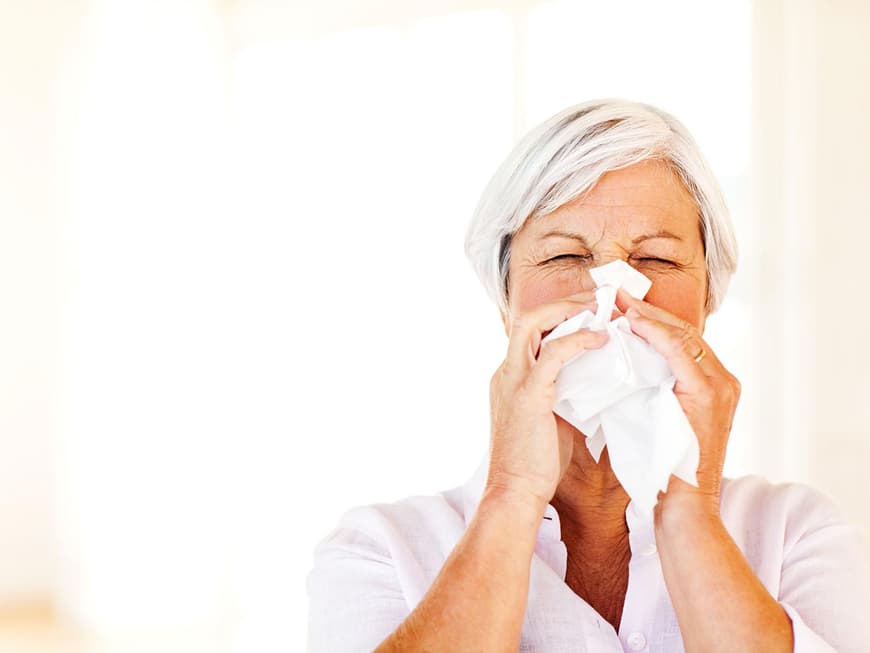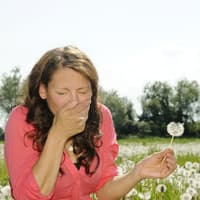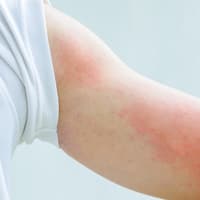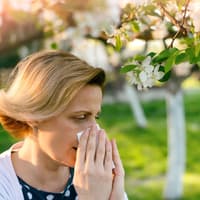
House dust allergy symptoms and triggers
Immediately after getting up, those affected find it difficult to breathe, their nose runs and their eyes are red - it feels just like a cold. But it's not. Those responsible for these symptoms may be hiding in the sofa cushion or bed: house dust mites. The allergic reaction is not caused by the dust itself, but by the droppings of the arachnids living in it. Almost unbelievable: up to 15,000 of these microorganisms can be found in just one gram of house dust.
The arachnids love warm temperatures
This has nothing to do with a lack of hygiene. The mites lurk in everything that attracts dust: Pillows, blankets, curtains, carpets. Now, with the start of the heating season, house dust allergy sufferers are facing hard times again. Because the mite loves warm temperatures. And the allergens are stirred up by the heating air and combine with the air we breathe.
Mop regularly and ventilate as often as possible
Mites feed on the dander that we shed every day, especially in bed or on the sofa. Airing, mite-proof comforter covers and separating cuddly toys and pets can reduce the burden. The floor should be wet-mopped, and there are special vacuum cleaner filters for carpets. You can spray your bed and sofa with special products - they simply starve the arachnids to death.






